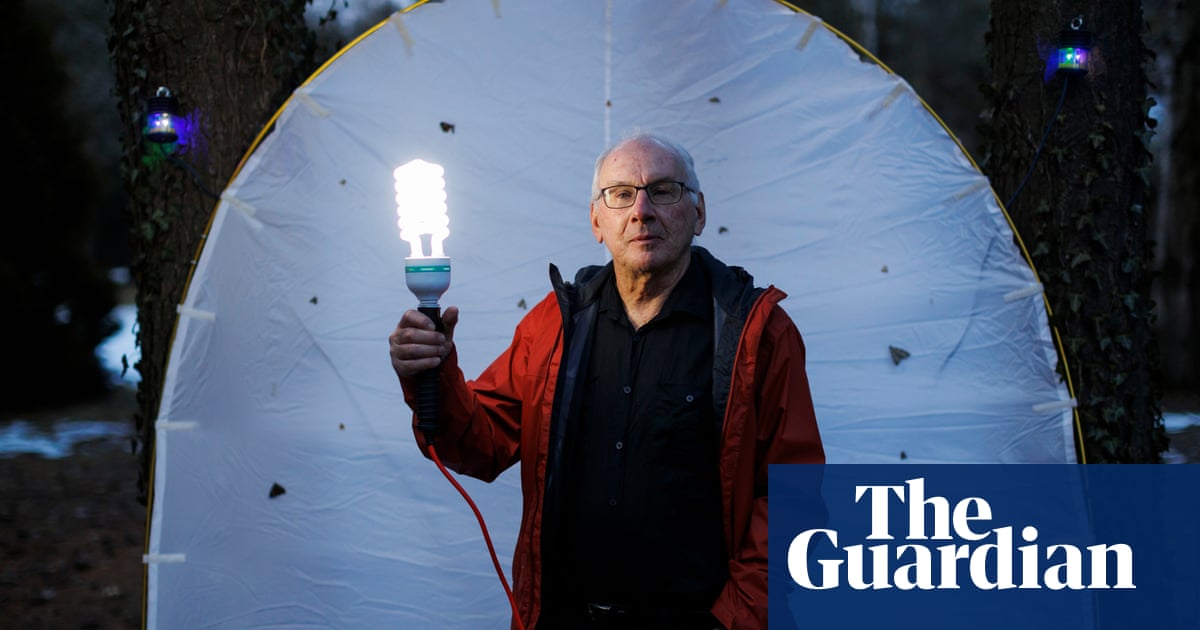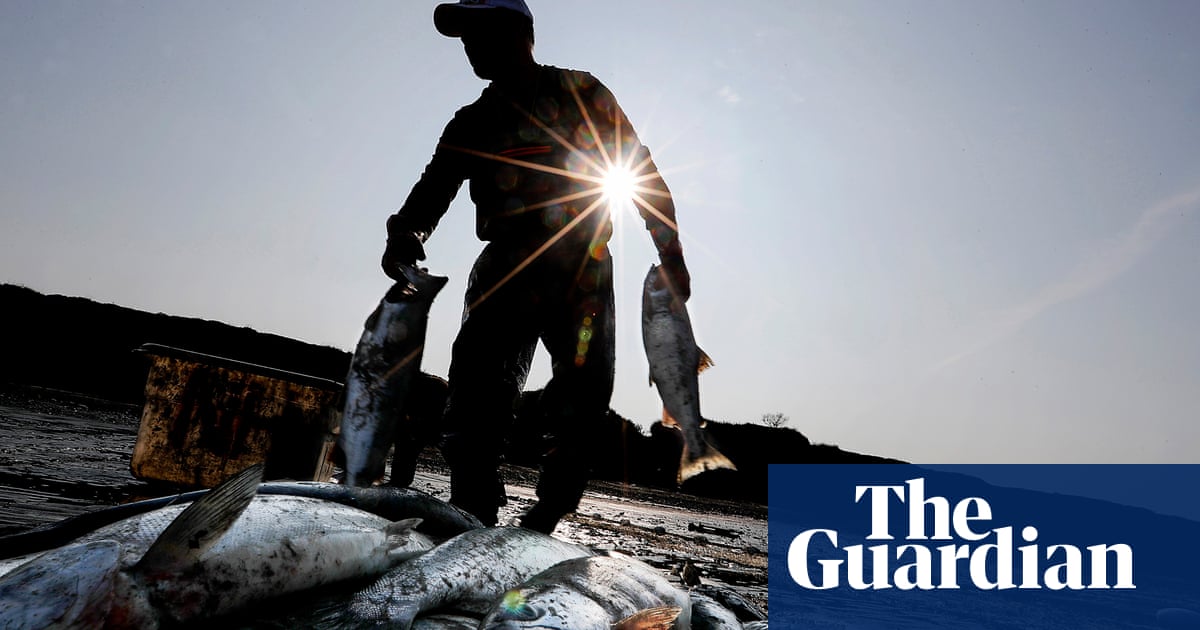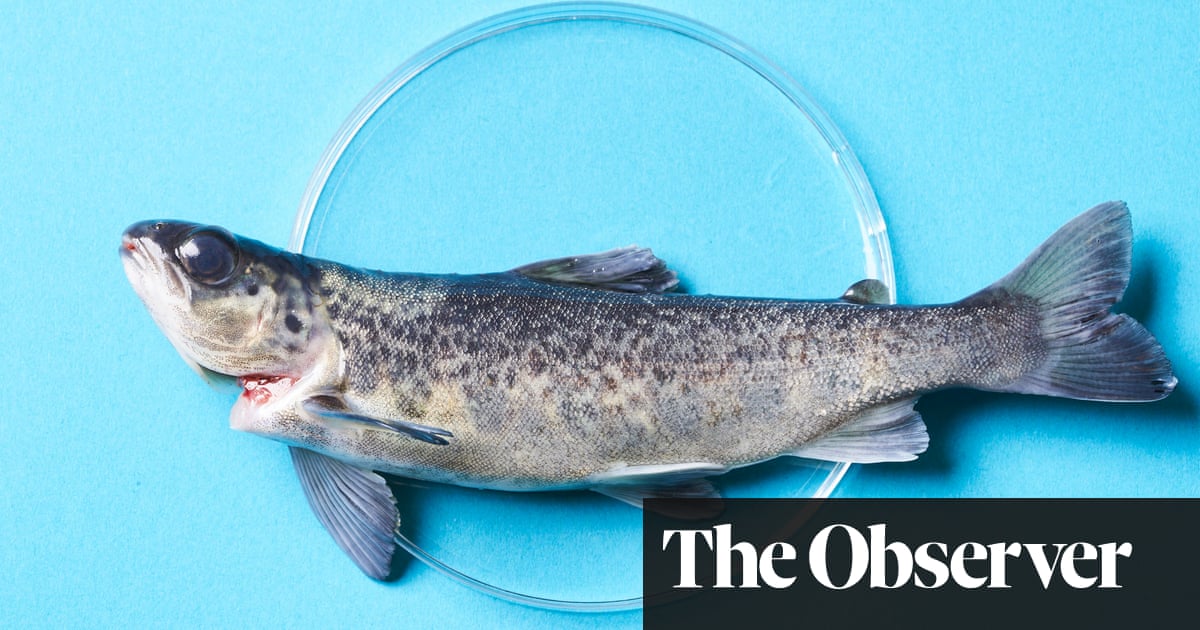I discovered a way to identify the millions of species on Earth after a lightbulb moment in the supermarket | Wildlife


As a child, I used to roam the countryside collecting moths and butterflies on the edge of the Great Lakes in Canada. It was as idyllic as it sounds: by day, I would scour the fields and forests for butterflies. At night, I would leave a white sheet and UV light in my back yard, rising at 5am to inspect the harvest of moths.
By the time I was an adult, I could identify about 700 butterfly and moth species by sight, deciphering the stripes, dots and colours on their wings and bodies.
In 1972, I moved to Australia and continued collecting. But I started to struggle: I wanted to understand as much as possible about the group of organisms that I loved, but identifying them quickly became an impossible task. The species on the other side of the world were so different from those at home, and there was no space in my mind to recognise them all.
My crisis soon intensified. Throughout the 1970s, I led expeditions to Papua New Guinea to collect moths in the mountains for weeks on end. One night, we turned on our lights and ended up collecting more than 2,000 different species from a single spot, more than twice as many as those I had memorised over the course of my childhood. The process of identifying each of them felt overwhelming. I gave up.
I swapped the tropics for the Canadian Arctic and stopped working on moths, focusing instead on microcrustaceans, a far less diverse group. But my instinct to identify them never went away.
Two decades later, I was in a supermarket and an idea started to develop in my mind as I walked through the aisles: what if a segment of DNA could be used to differentiate between species? Just 13 lines on the supermarket barcodes were being used to identify everything around me. What if we could identify plants, animals and fungi in the same way?
In the years since my missions in New Guinea, new techniques had transformed the understanding of the building blocks of life on Earth that led me to refocus my research. The Human Genome Project had begun the task of decoding our DNA. Researchers had already started applying the techniques to animals, and other scientists had started proposing sections of the genetic code that could be used to distinguish between species. I had begun to develop my own theory.
To test the idea, I returned to the equipment of my youth. It was the summer of 2001. Then in my mid-50s, I set up a powerful UV light and a white sheet in my back yard in Guelph, Ontario and began collecting the moths of my youth. This time, each specimen had to donate a leg to science to test my idea. I believed that a single segment of a rapidly evolving gene present in almost all animals – cytochrome c oxidase 1, also known as COI for short – could be used to tell the difference between species.
By the end of the summer, I had collected about 200 species of moths: rosy maple moths, hog sphinx and tiger moths. All were old friends. With their legs, we used the PCR (polymerase chain reaction) method developed by Kary Mullis to focus in on their section of COI so it could be sequenced, taking each genetic code and dropping it into an excel spreadsheet one at a time. One by one, it became clear: every single moth could be sorted using a tiny slice of their genome. DNA barcoding was 100% successful on its first test.
In early 2003, the study was published. In it, we claimed we had discovered a reliable, inexpensive and accessible solution to identifying the millions of animal species out there waiting to be discovered. At first, critics were harsh, believing it couldn’t work reliably for other animals, but other scientists have since taken it on and shown it works for the vast majority of animal life.
Today, I believe DNA barcoding is humanity’s first shot at finally discovering all life on Earth. The most common estimate is that we share this planet with 8.7m species, but I believe there are far more – somewhere between 20m and 40m. Since its debut in my back yard, this technique has helped conservationists to combat wildlife crime and monitor the impact of mining on biodiversity. One day, I am confident it will form part of a system to monitor the biosphere the same way we monitor the weather.
Source link




